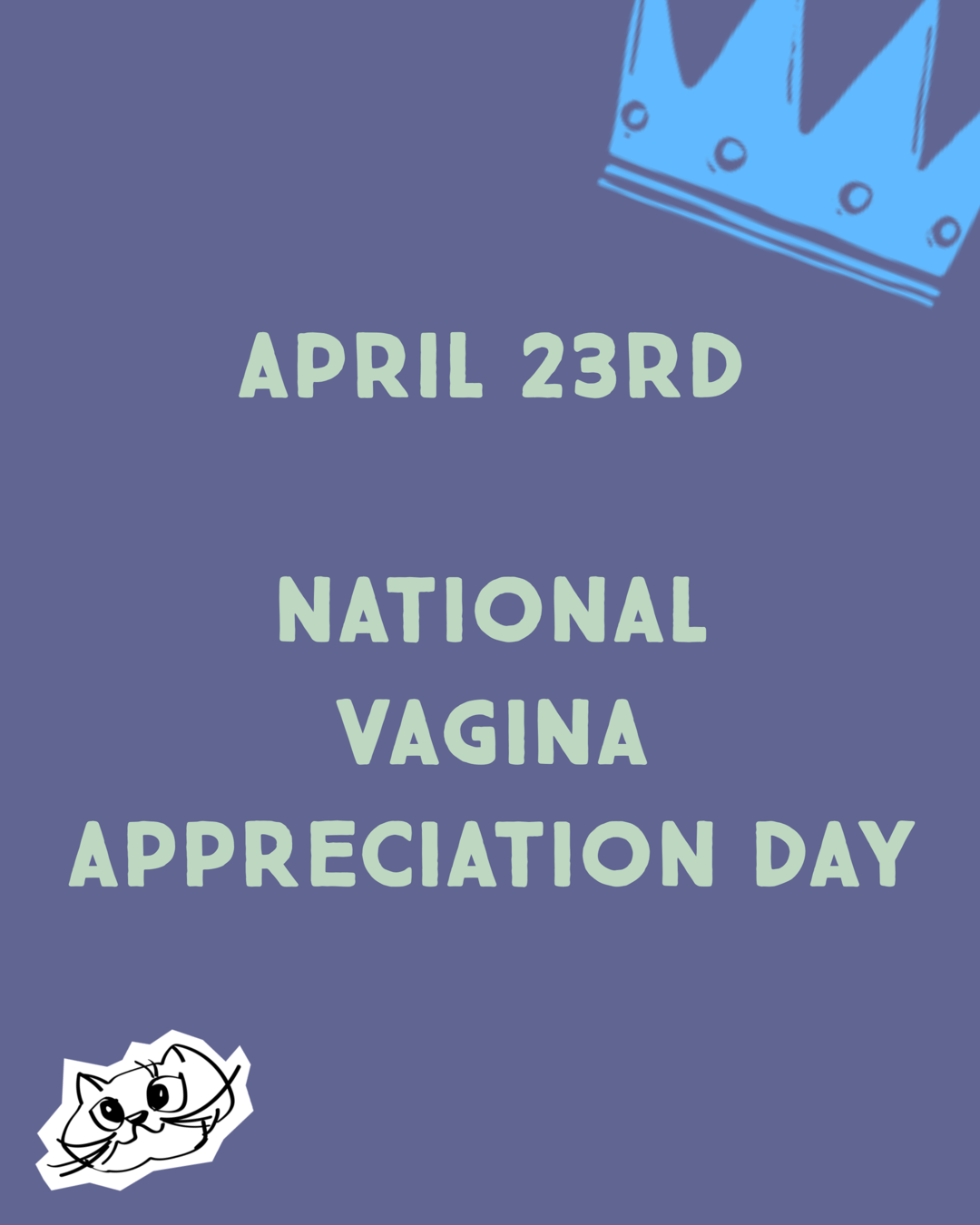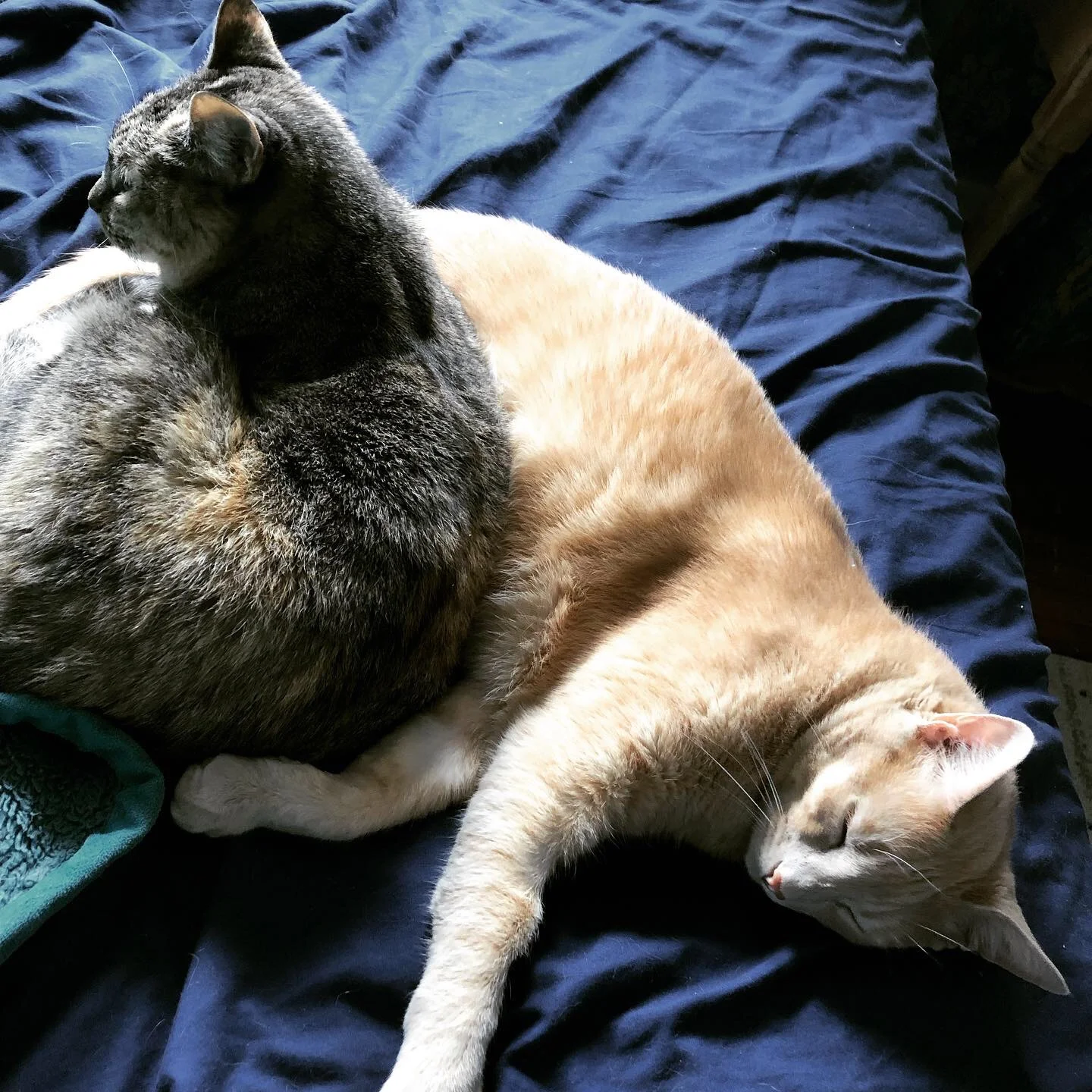While scrolling Instagram, I stopped at a post about “National Vagina Appreciation Day,” (April 23rd). Yay, my vagina has its very own day! Before hitting “add post to story,” I decided to take another look at the photo. It was a pretty pink vulva accompanied by a floral arrangement with parts identifiers in delicate lettering (think mons pubis in a modern garden). Cute.
Wait.
Vulvas and vaginas aren’t these delicate, flowery pillows that society - with the demand and wealth of the patriarchy - have spent decades, centuries making them out to be. Vulvas and vaginas do things like:
Shed an organ on a regular basis
Have their own unique ecosystem with secretions and bacteria (lactobacilli)
Serve as home to the only body part meant for pleasure and nothing else (the almighty clitoris)
Some vaginas rip and get shredded while ejecting another human, and in its natural state, the vulva is meant to be covered in coarse, rough hair as a first line of defense.
Vulvas and vaginas are metal AF.
This isn’t meant to dismantle anyone’s own personal ideas about their vulva and vagina. This is a shout out to the people in the back - those whose personal stories about their vulvas and vaginas aren’t represented in our society. To the trans men who are vulva and vagina owners, trans women who have had vaginoplasties, the folx out there whose vulvas and vaginas are in pain or a source of shame, y’all who let your pubic hair grow freely, the vulvas that are aging, and anyone who doesn’t see their vagina at a garden party, you are seen.
While this is a shout out, it’s also a call to action for widening our preconceptions of who is and isn’t a vulva and vagina owner. Inclusivity can quite literally save lives. Inclusivity means people of all genders who are vulva and vagina owners can be safer in accessing healthcare services, people with vulva pain won’t be dismissed for having a true condition and have to wait years for the appropriate care, people of older ages won’t be overlooked as a human with reproductive organs and/or genitals that still need healthcare, and so much more. If you know a person with a vulva and vagina or provide care for people with vulvas and vaginas, this is for you (pretty much everyone).
So as we admire the power of vulvas and vaginas every year on April 23rd, and each day in between, let us not think of feminine, small, and tight but instead strong, rugged, supple, and resilient.
Recommended reading:
The Vagina Bible by Jen Gunter, MD
Amanda (she/her) is a psychotherapist with Out Of The Woods Therapy.Click here to learn more about her therapy. When not in session, Amanda enjoys reading, running, and being a part of a cuddle puddle with 2 cats and an 11 month old.










